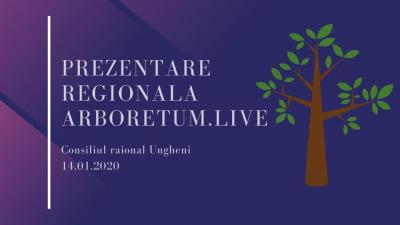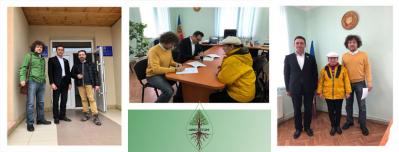HOW FOREST SEEDLINGS ARE PRODUCED IN BULGARIA [PHOTO / VIDEO]
![HOW FOREST SEEDLINGS ARE PRODUCED IN BULGARIA [PHOTO / VIDEO]](https://arboretum.live/pub/media/mageplaza/blog/post/0/9/091.jpg)
In 2018, the first automated line in Bulgaria for filling trays and seeding, manufactured by @BCC (Sweden, see the video), was installed here. Annually, this facility produces between 800,000 and 1.5 million seedlings. However, the potential of the equipment allows for a production capacity of up to 10 million seedlings per year, but the demand is much lower. Most of the areas that could be reforested in Bulgaria have already been successfully planted over the years, with 38% of the country’s territory now covered by forests. Impressive work!

According to the nursery’s manager, Tudor Todorov, the main reasons for transitioning to a container system and advanced automation were climate change and labor shortages. The highly automated process significantly boosts worker productivity while reducing the need for specialized personnel.
The nursery grows over 20 tree species in containers, each with a dedicated technology map. After seeding and a growth period in greenhouses (ranging from a few weeks to several months), the seedlings are acclimatized outdoors. Irrigation is done 3-4 times a week in large amounts, with the head technologist deciding when to irrigate based on daily inspections. Over-watering can negatively impact seedling adaptation.

Seedlings from this nursery are supplied to both state forestry departments for reforestation and to private and municipal clients, which account for approximately 50% of the total volume. They are used in windbreaks, quarry reclamation, urban greening, and corporate forestry projects.
This model of nursery management can be successfully implemented in Moldova, especially since neighboring countries have already adopted and proven its effectiveness for the same species we need: Romania, Bulgaria, Turkey, and even Ukraine, which, despite the war, continues its program to modernize state nurseries that started before 2020.

Interestingly, in more southern Mediterranean countries like Lebanon, Israel, Greece, and Tunisia, it is no longer possible to grow seedlings except in containers. This shift is due to climate conditions that are gradually approaching ours, potentially becoming our reality in the next 50-100 years.
P.S. We "accidentally" parked our car under a young Sequoiadendron Giganteum that’s only 60 years old. ???? The greenhouse is currently empty as it’s typically filled during the December-February period.




Share this post
Related Posts
More than 100 new trees were planted at the National Botanical Garden of Moldova [VIDEO]
Новая экологическая программа в Ниспорень. Партнерство с мэрией Вэрзэрешть.
Planting Forests between Springs
Categories
Topics
- Sustenabilitate
- Biodiversitate
- Устойчивость
- БиоРазнообразие
- Герои Нашей Земли
- Voluntariat
- Înverzire
- Parteneriate
- Волонтёрство
- Озеленение
- Партнёрства
- Volunteering
- Greening
- Partnerships
- Bees
- Honey
- Лесо-Восстановление
- Reîmpădurire
- Activism
- Активизм
- Водо-Охранные Зоны
- Volunteers
- WaterProtection Foresting
- ReForesting
- Sustenability
- Activism
- Guvernare Verde
- Зелёная Молдова
- Государство
- GreenGovernment
- Lapusna1
- PomiFructiferi
- Сбор и Хранение Семян
- Green Economy
- Agricultura Organica
- Biodinamica
- Органическое С/Х
- Биодинамика
- Protecția Solurilor
- Пчёлы
- Питомниководство
- #ARBOVLOG
- Albini
- MicroPepiniere
- Мёд
- ParcuriUrbane
- Agroforestry
- Păduri VAS
- Cultura
- ВОДА
- Агролесоводство
- Микропитомники
- Pepiniere
- EducațieVerde
- ЗелёноеОбразование
- GreenEducation
- Material Săditor
- Cultura Containerizată
- Closed Root System Saplings
- Закрытая Корневая Система
- Пермакультура
- Геопластика
- Permacultura
- AgroForestiere
- Permaculture
- Geoplastica
- ИССЛЕДОВАНИЯ
- Researches
- Cercetare
Tags


![More than 100 new trees were planted at the National Botanical Garden of Moldova [VIDEO]](https://arboretum.live/pub/media/mageplaza/blog/post/resize/400x/v/i/video-sreenshot_2.png)














